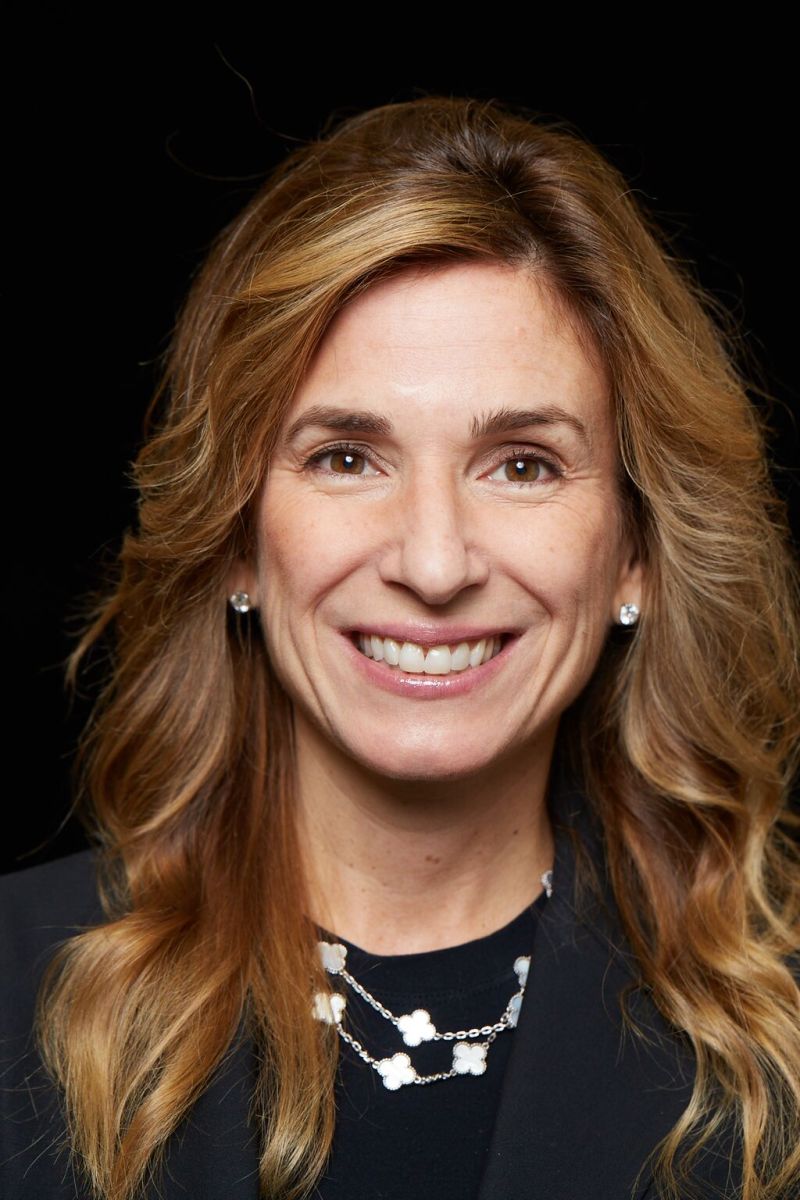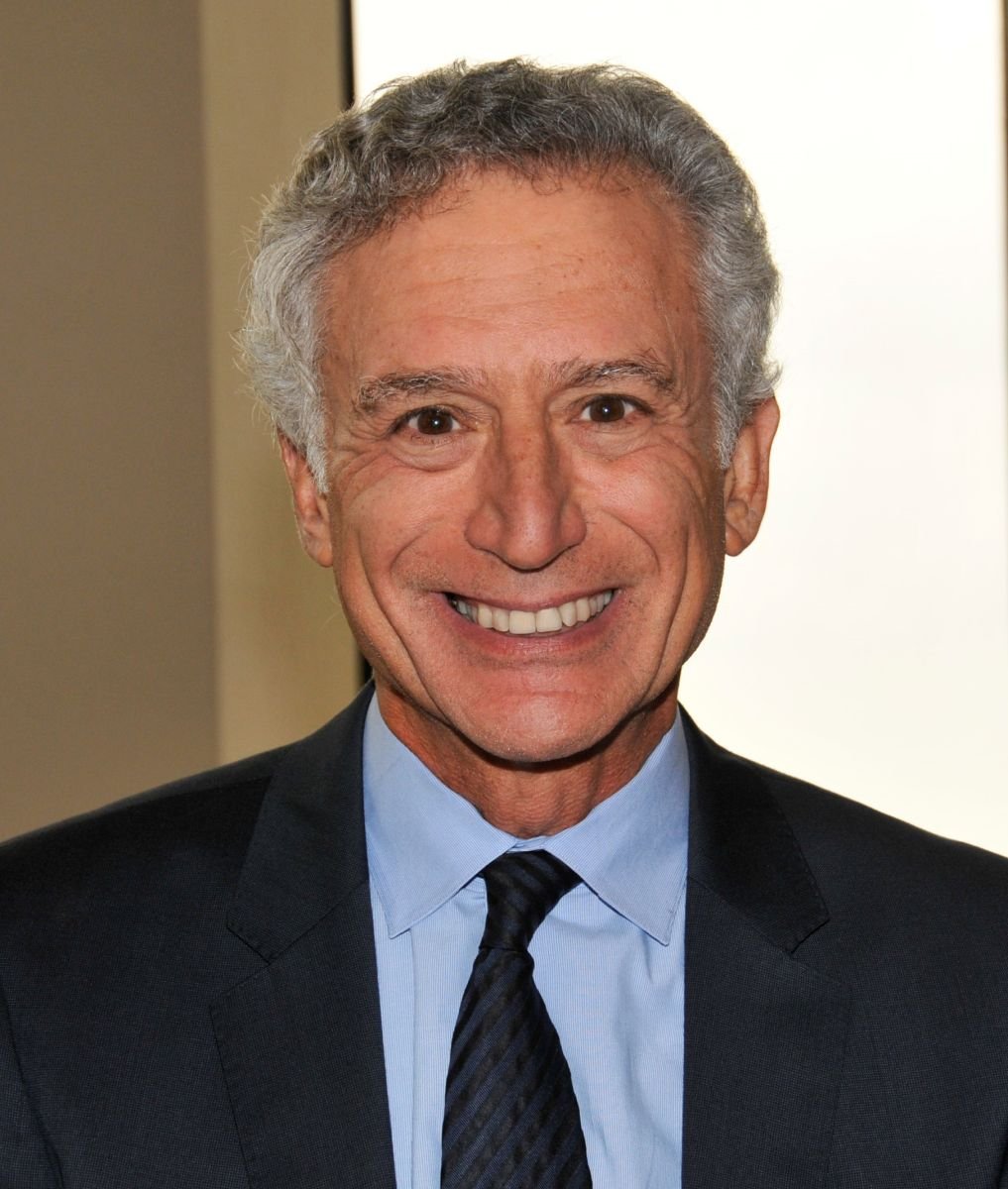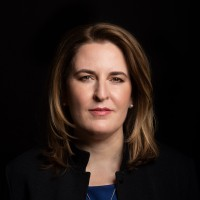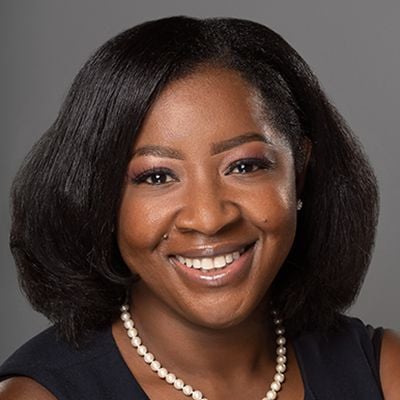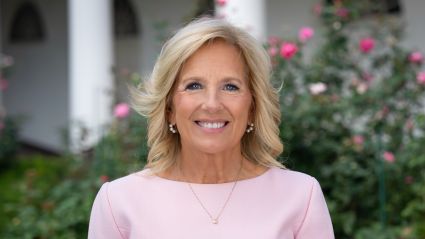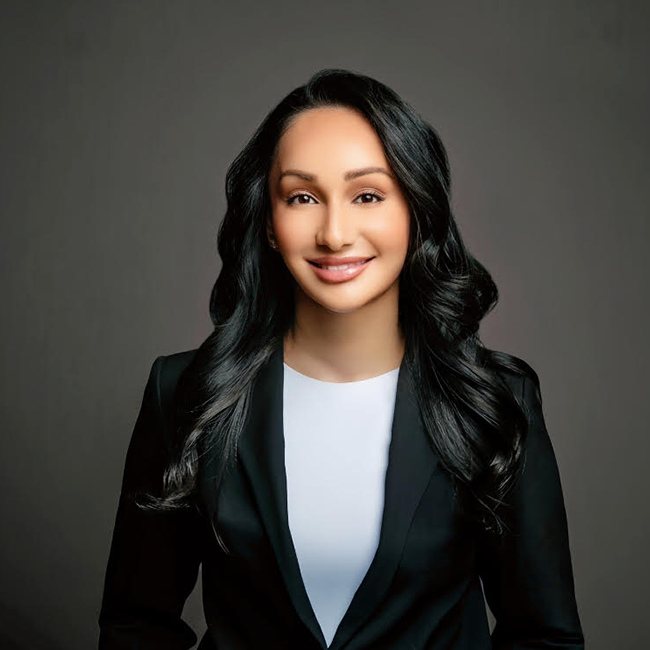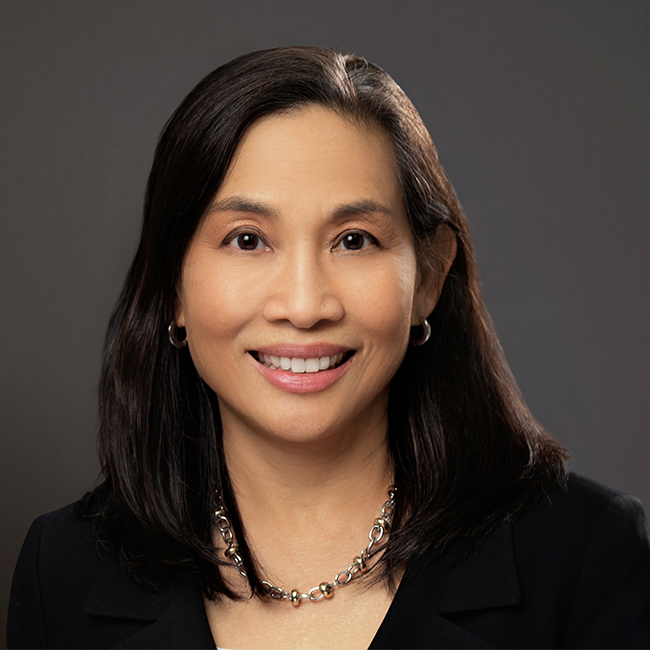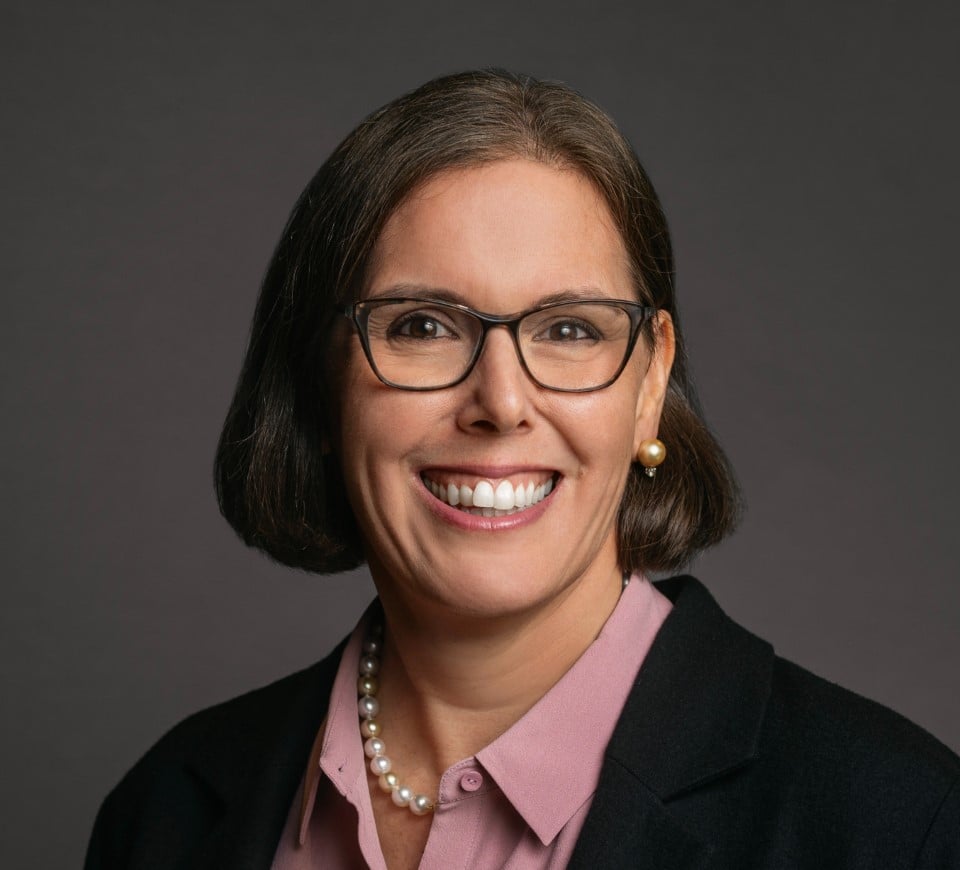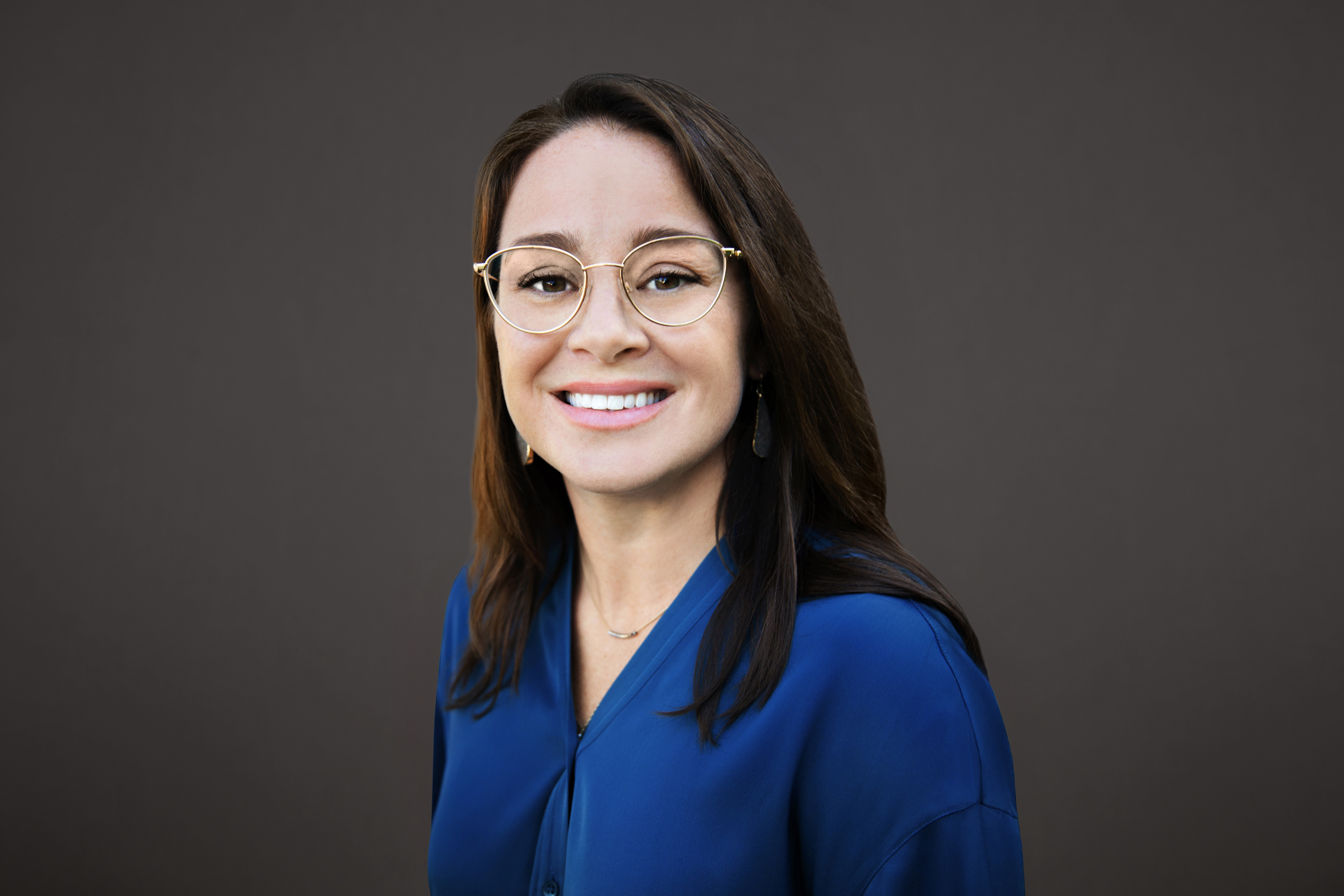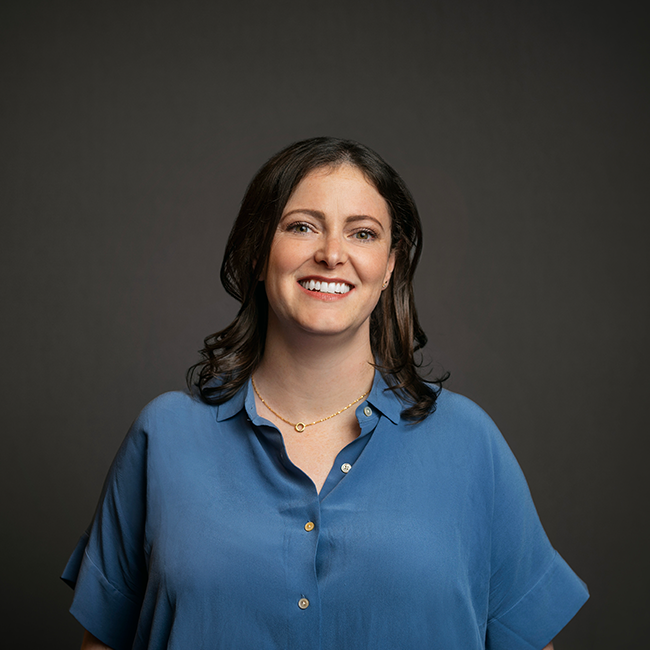
One of the most foundational elements of being human is to care for others—and to be cared for ourselves. Caring also makes us bada**. Which is a good thing—since almost half of all adults in the United States are serving as unpaid caregivers. It’s an all-partisan issue—and often invisible. That invisibility comes at a high cost.
The data tell the story: Caregivers are self-medicating with drugs and alcohol at five times the rate of non-caregivers, half are coping with food, nearly one in four are part of the “sandwich generation”—and more than half of those reported active suicidal ideation. Over one in four of us are “in the red”—the highest level of caregiver intensity—where mental health impacts the top 90 percent, productivity drops by half, and costs to employers quadruple. And 40 percent of caregivers in the red are considering quitting their jobs. These numbers are hard—and a massive opportunity to change outcomes for millions holding up families, communities, and the economy.
And here’s where the opportunity begins: With support, outcomes shift dramatically. Caregivers see a 71 percent drop in the risk of being “in the red.”
The challenge is not whether support works—it does—it’s connecting people to it in sustainable and scalable ways. This is where public-private collaboration becomes essential. The biggest innovations in health today aren’t just new medicines or devices. They’re new ways of uniting everyone with skin in the game as one force for good.
Case Studies: Statewide Activations
Public-private partnerships in New York aren’t a buzzword—they are that force for good, reshaping caregiver support statewide. Through collaboration among the New York State Office for the Aging (NYSOFA), Aging New York, Area Agencies on Aging, employers, health systems, community groups, and private partners, the Any Care Counts New York campaign reaches caregivers across the state.
This means omni-channel outreach: trusted voices from community agencies and faith-based leaders, campaigns in social media feeds, employers meeting caregiving employees at work, and health systems engaging caregivers as patients. Though still early, the impact is significant—more than 2 million New Yorkers reached. For those getting their Caregiver Intensity score, over 90 percent fall into the “yellow” (moderate) or “red” (high intensity), opening the doorway to support—with 25–80 percent immediately accessing help, whether respite care, an employee assistance program, a health system navigator, or peer support.
Sometimes, important health advances come from listening, connecting dots, and building ‘unlikely’ partnerships.
The New York State Caregiver Support Program—state-led and run by NYSOFA and Aging New York through the Area Agencies on Aging—shows what’s possible. Paired with private innovation, it turns data into action: 27 percent of caregivers “in the red” got out of the red, and 90 percent in the “yellow” stayed steady or moved into the clear. This is clear evidence that when partners join forces, support gets smarter, intensity goes down, and outcomes improve.
Other states, like Michigan, are adapting similar models to drive meaningful impact in cost, quality, and care. Statewide activations like these serve as a roadmap for how public-private partnerships adapt to different needs, geographies, and funding models—showing how shared purpose and shared data drive measurable impact.
Beyond Silos: The Power of Public-Private Partnerships
All of this points to something powerful: No single sector can have this kind of impact alone. Government brings infrastructure and reach. Communities bring local trust. Employers bring access to workers who might never show up at a town hall but will click a link in an email or grab a funky flyer in a break room. Philanthropy fuels experimentation. Private innovators bring tools and data to see what’s working—and what’s not.
Together, these partners weave a web of support stronger than any one thread. Government alone can’t scale outreach. Employers alone can’t serve rural elders. Technology alone can’t build trust in neighborhoods that have been overlooked for decades. And health systems alone can’t extend their reach beyond clinic walls. But together they can change outcomes—and lives.
And when this work gets measured, tracked, and supported at scale, everyone wins: Health systems save costs, employers keep talent, families stay together, and caregivers feel less alone. That’s the beauty of this model—it’s adaptable, repeatable, and scalable anywhere communities, government, philanthropy, and employers link arms. Because the most important advances in health don’t always come from labs. Sometimes, they come from listening, connecting the dots, and building the “unlikely” partnerships that actually make the most sense.
